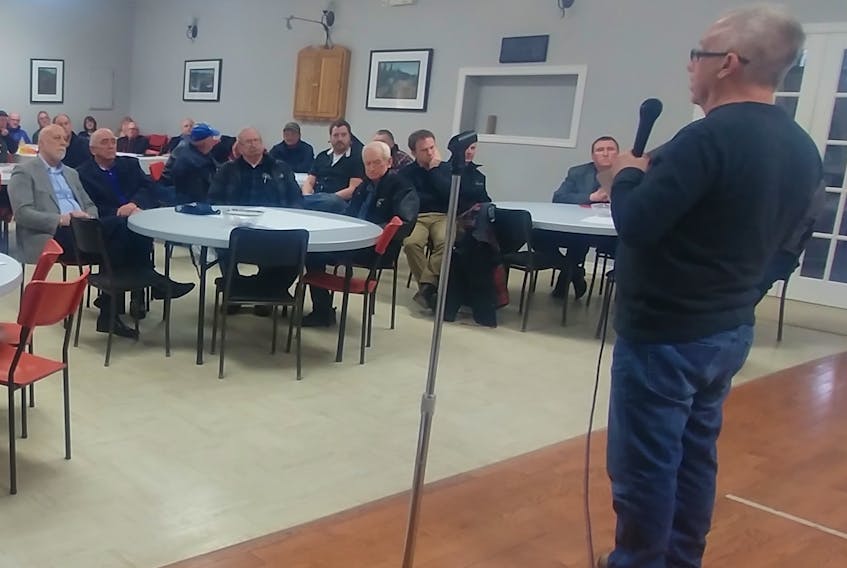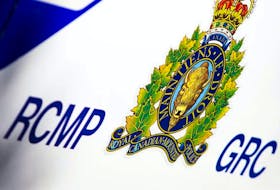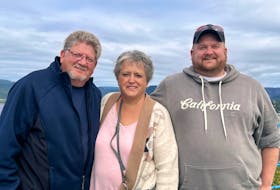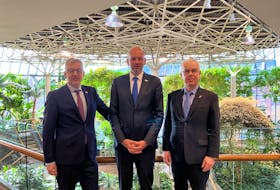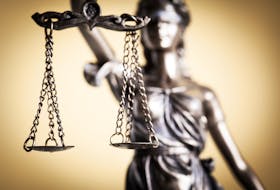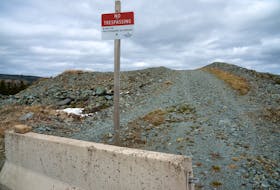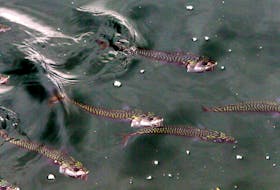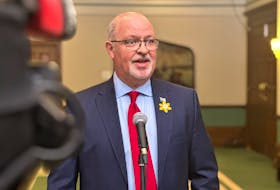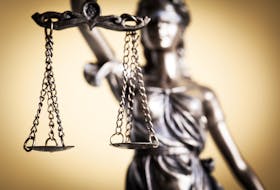MILLERTOWN, N.L. — The return of stolen Beothuk remains from an unknown Newfoundland burial site in central Newfoundland is still months away, but according to federal MP Scott Simms, the push for repatriation in familiar soil is already taking place.
A group of approximately 40 people gathered in Millertown on Wednesday, March 27, to request both the federal and provincial governments consider burying the remains at Red Indian Lake as a show of reconciliation.
The conversation stemmed from an agreement between the governments of Scotland and Canada earlier this year to return the remains of Demasduit and Nonosabasut, which were discovered in 1828 by William Eppes Cormack (1796-1868), a Newfoundlander who was born in St. John’s and educated at Glasgow and Edinburgh universities.
He sent them to his mentor, professor Robert Jameson, for the collection of the University Museum in Edinburgh. This collection was later transferred to the Industrial Museum of Scotland (now the National Museums Scotland) in the 1850s.
The Beothuk people have been extinct since 1829, when the last known survivor, Shanawdithit, died of tuberculosis in St. John’s.
Red Indian Lake is the last known area of the Beothuk, and Indian Point, in Millertown, has been established as an interpretation site.
Millertown Mayor Fiona Humber told The Central Voice approximately 2,000 people visit the site annually.
While there’s no official word on where the remains will be placed, Humber said the meeting also generated interest about erecting a monument in the area.
“We are going to try and contact some people to see what our options are… We are such a small town, less than 100 people, we don’t have the kind of funding available to give it the proper monument that it certainly deserves,” she said.
The thoughts of the gathering were made known to provincial and federal government representatives who were in attendance.
Simms, MP for Coast of Bays-Central-Notre Dame, is in favour of having the remains returned to Red Indian Lake, but it’s a decision he doesn’t get to make.
Simms said the Scottish government wants a consensus between the province’s five recognized aboriginal groups – Miawpukek, Qalipu, Innu, Inuit, NunatuKavut – in determining where the remains will end up.
Those conversations are taking place on the provincial level, he said.
“The repatriation of these remains, to where their home was, is the most respectful way we can treat them,” Simms said.
“If that needs to be where they were discovered by Cormack then so be it, but how do we do that … that discussion has to be had.”

